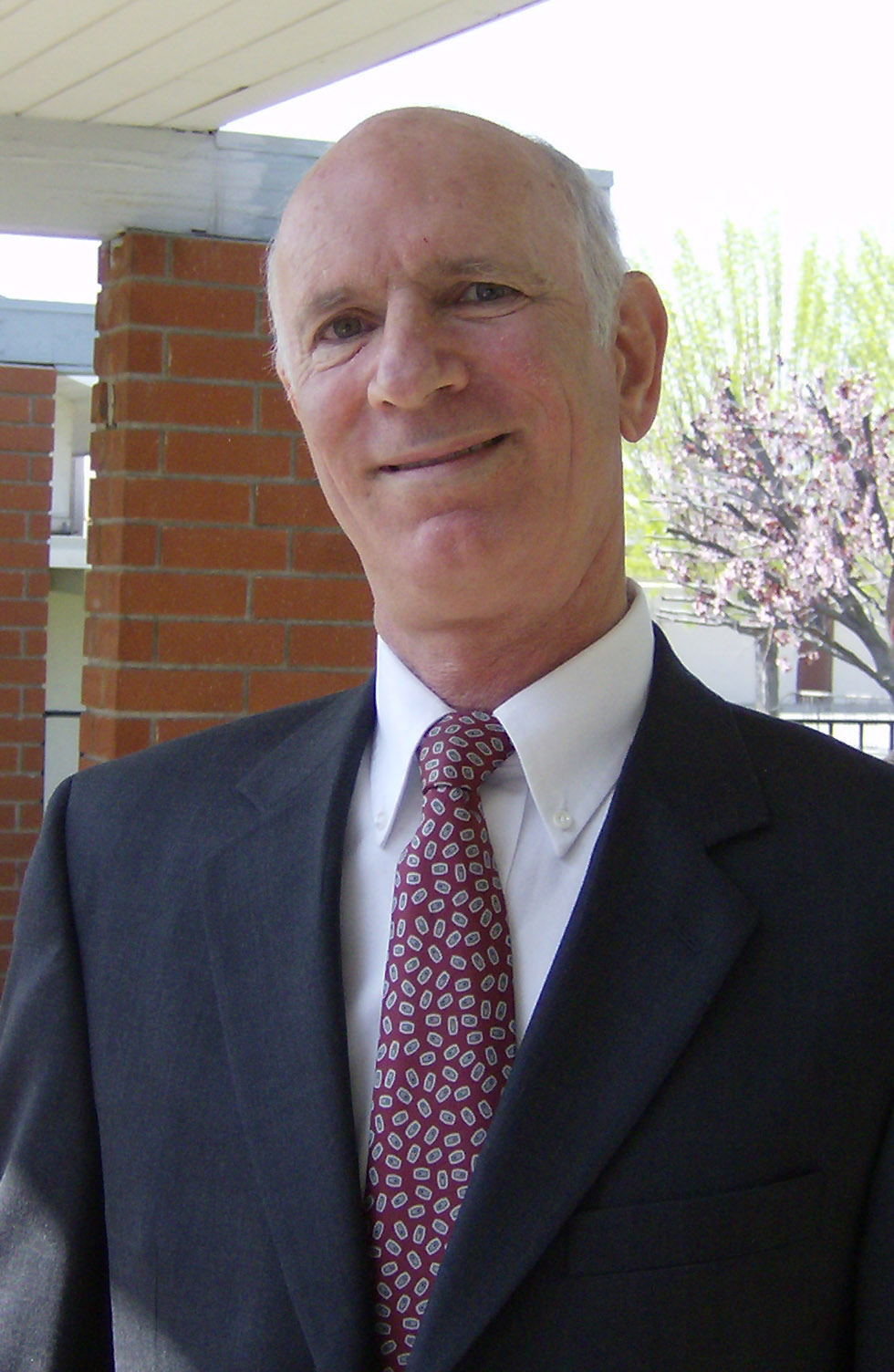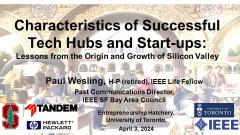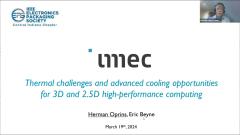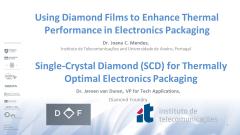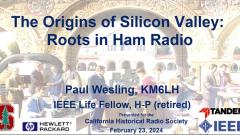Rugged Packaging Solutions for Radar Sensors in Diverse Applications and Environments
(45:05 +Q&A) Mo Emadi, CTO/CEO, and David Wu, Hardware Design, Zadar Labs. -- mmWave, 77GHz, low-power, AVs, agriculture, infrastructure, consumer, challenges ...
Advances in mmWave technology have ushered in an era of high-resolution radar systems that are compact enough to be incorporated into our everyday lives. With the proliferation of 77GHz automotive radar and the recent extension of the unlicensed 60GHz band by the FCC, radars are poised to become a key technology in our increasingly connected and autonomous world. These sensors will permeate many industries, including automotive and autonomous vehicles to agriculture, mining, heavy machinery automation, building surveillance, indoor infrastructure management, and people tracking. Consumer devices such as smart devices, home security systems, and AR/VR applications will also see significant radar adoption.
The high frequency of operation (57-81GHz) and diverse usage from rugged, safety-critical industrial environments to compact consumer electronics for low power applications brings unique challenges in radar development and packaging. The EM wave interaction between the antenna and its packaging, alongside managing thermal and size constraints, are among the many issues we have in mmWave radar packaging. This talk provides a brief introduction to the usage, operational theory, and components of modern mmWave radar. Then, we will dive into the considerations, challenges, and solutions surrounding radar development and packaging in modern high-performance applications.
With 24 years of expertise in sensor and wireless communication system design, Mo Emadi is a highly skilled radar specialist. He initiated his career at Sharif University Research Center in 2003. In 2013, he pursued post-doctoral research at Cornell University and was recognized with the ECE innovation award. Joining Qualcomm in 2014, he made significant contributions to the development of WiFi and small-cell technologies as a senior staff member. In 2018, Mo became the Head of Radar at Lyft Level 5 and subsequently co-founded Zadar Labs in 2019, where he currently holds the positions of CEO and CTO. He holds a PhD and M.Sc. in Electrical Engineering from Sharif University of Technology and has an extensive portfolio of patents, books, papers, and esteemed accolades.
David Wu started his professional career in 2015, when he joined NASA Jet Propulsion Laboratory’s Microdevices Lab as an academic researcher. In 2018, he joined Lyft’s Level 5 division as a hardware engineer, where he developed next-generation power distribution and safety control systems for autonomous vehicles. David joined Zadar Labs in 2020 as the Head of Hardware, responsible for the end-to-end development of next-generation imaging radar platforms. He focuses on the design of tightly integrated electrical, mechanical, and RF systems for minimum size, power, and optimum performance.
For links to additional videos of our EPS chapter's talks, and to join our Dlist to hear about future events, visit www.ieee.org/scveps
(45:05 +Q&A) Mo Emadi, CTO/CEO, and David Wu, Hardware Design, Zadar Labs. -- mmWave, 77GHz, low-power, AVs, agriculture, infrastructure, consumer, challenges ...
Advances in mmWave technology have ushered in an era of high-resolution radar systems that are compact enough to be incorporated into our everyday lives. With the proliferation of 77GHz automotive radar and the recent extension of the unlicensed 60GHz band by the FCC, radars are poised to become a key technology in our increasingly connected and autonomous world. These sensors will permeate many industries, including automotive and autonomous vehicles to agriculture, mining, heavy machinery automation, building surveillance, indoor infrastructure management, and people tracking. Consumer devices such as smart devices, home security systems, and AR/VR applications ....
 Cart
Cart Create Account
Create Account Sign In
Sign In
